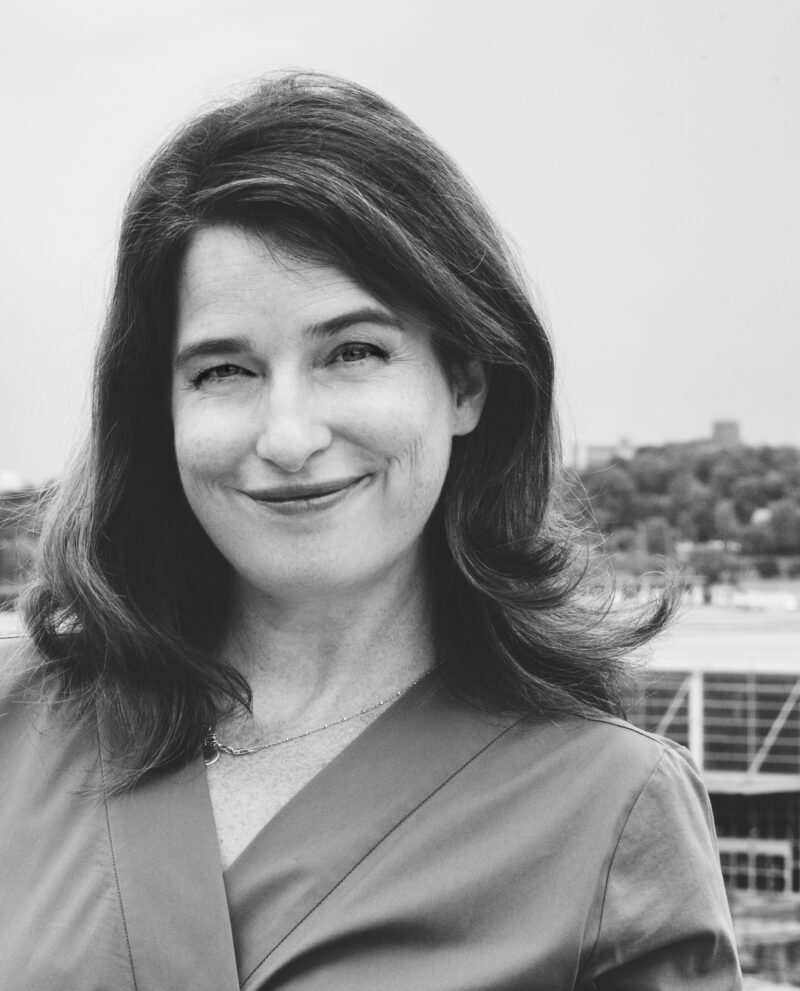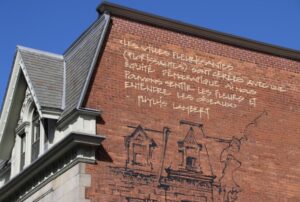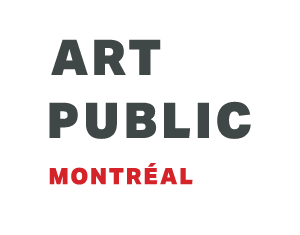

Valérie Beaulieu
Valérie Beaulieu is a graduate of the Conservatoire d’art dramatique de Québec. She has been part of Montréal’s cultural milieu for almost 20 years.
Her career has focused primarily on communications and management, she has worked for several cultural organizations such as Théâtre Aux Écuries, Festival du Jamais Lu and La Ligne Bleue | Réseaux et quartiers culturels. She co-founded the latter organization in 2011, and was its director for three years. She was also a project management and communications consultant for organizations such as the École de l’innovation citoyenne de l’ÉTS and the Corporation de développement urbain du Faubourg Saint-Laurent, where she was interim director-general.
Since 2016, Valérie Beaulieu has been director-general of Culture Montréal, an independent, non-partisan not-for profit organization whose mandate is to affirm the central role the arts and culture play in all spheres of development for Montréal.






